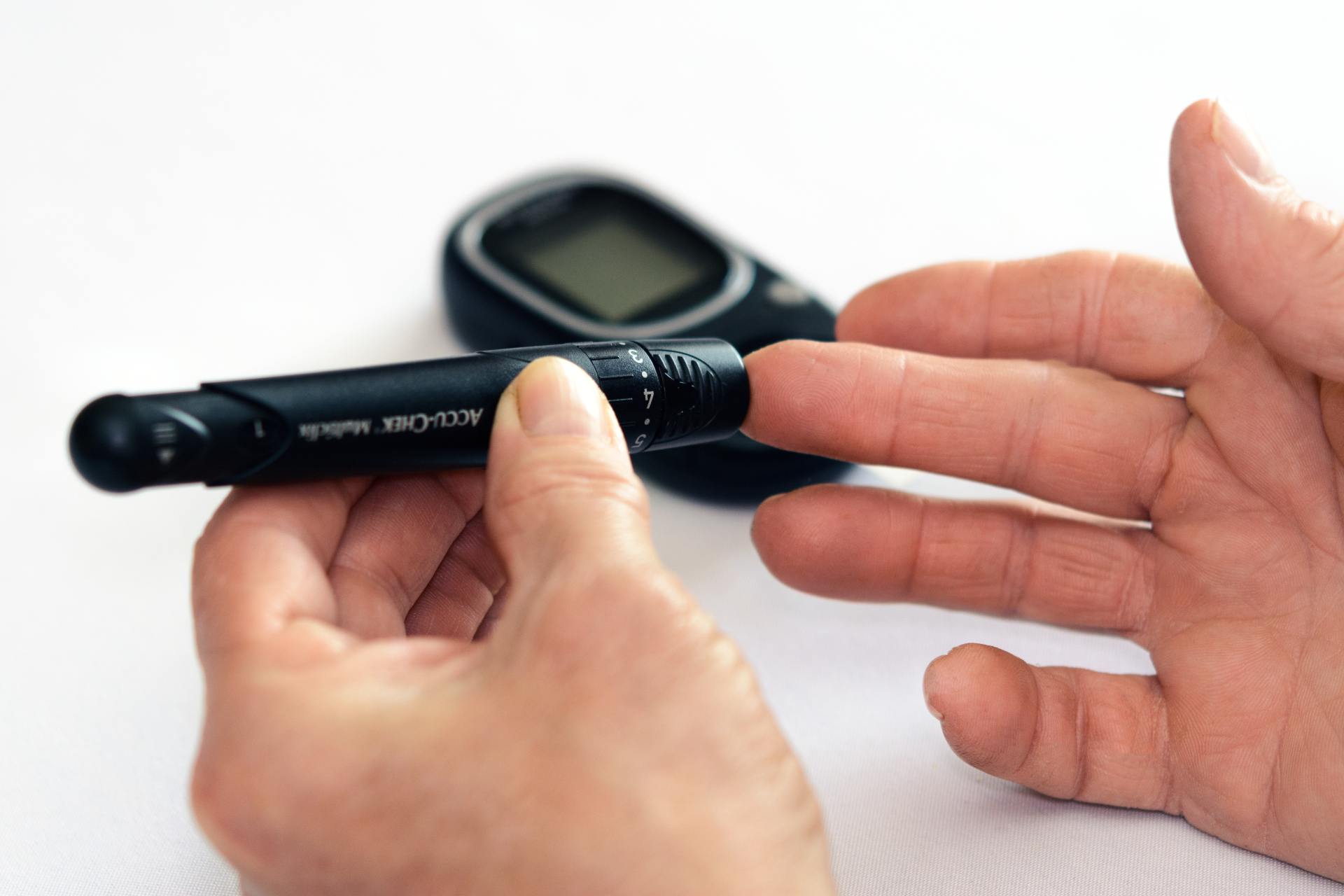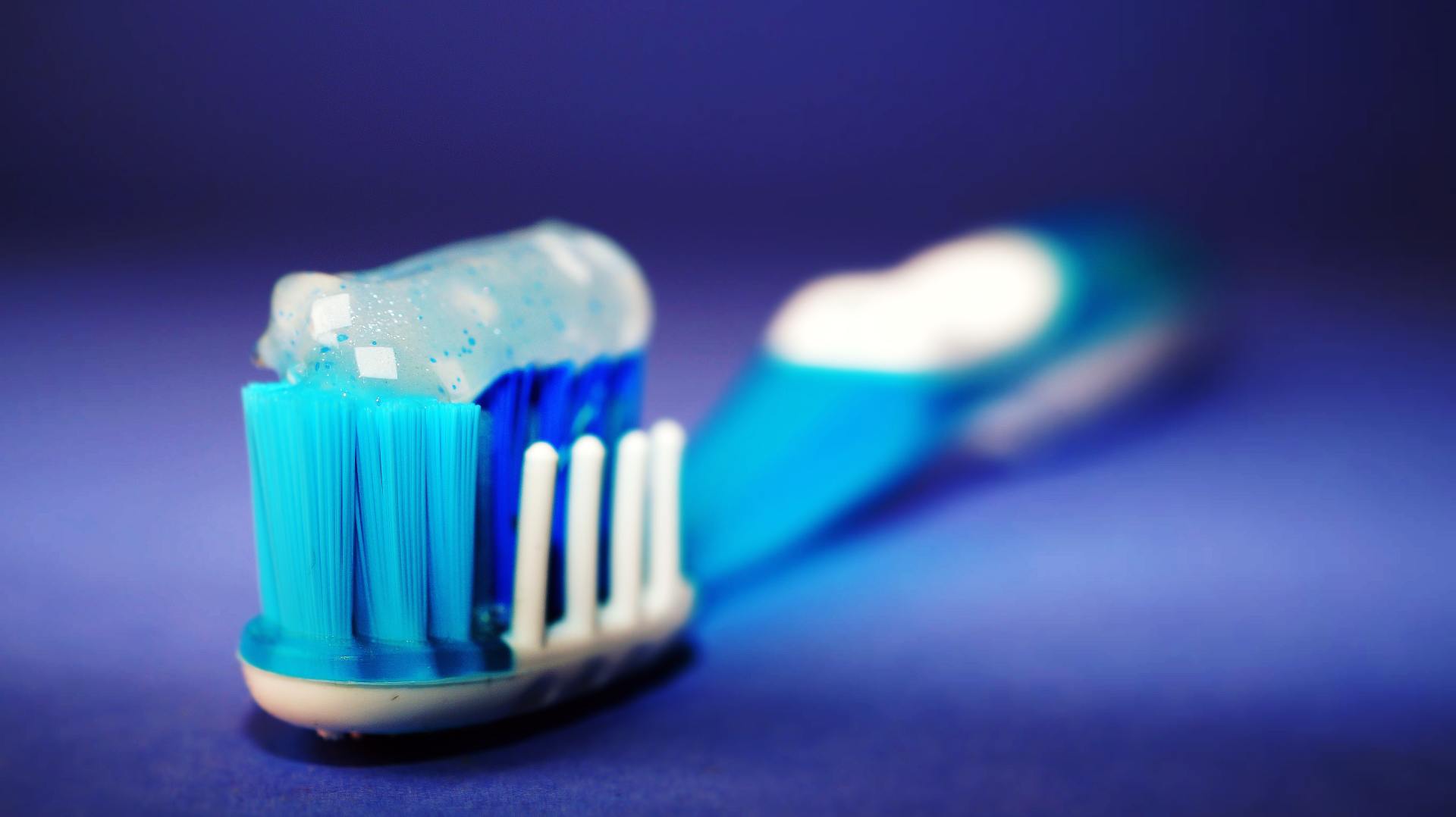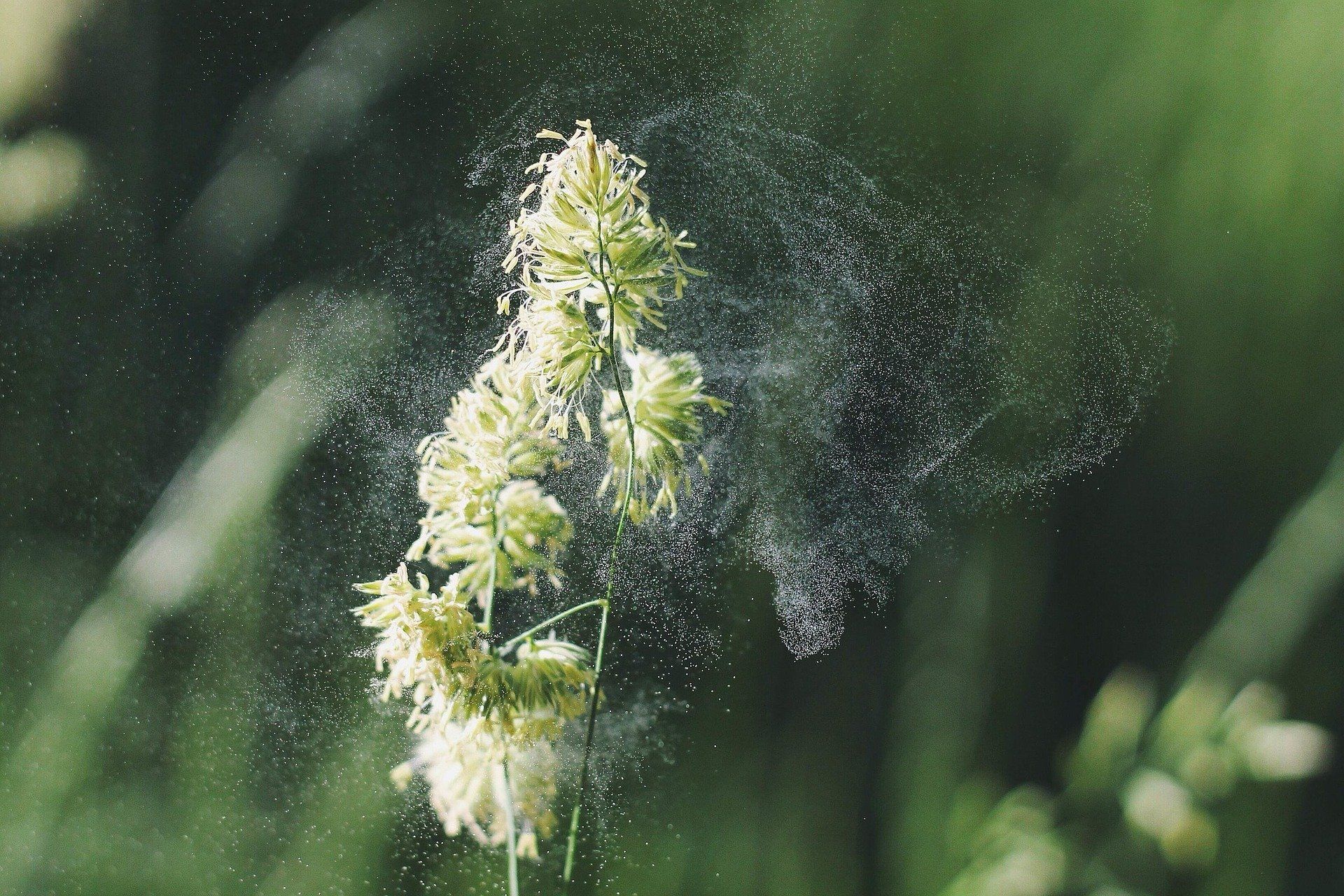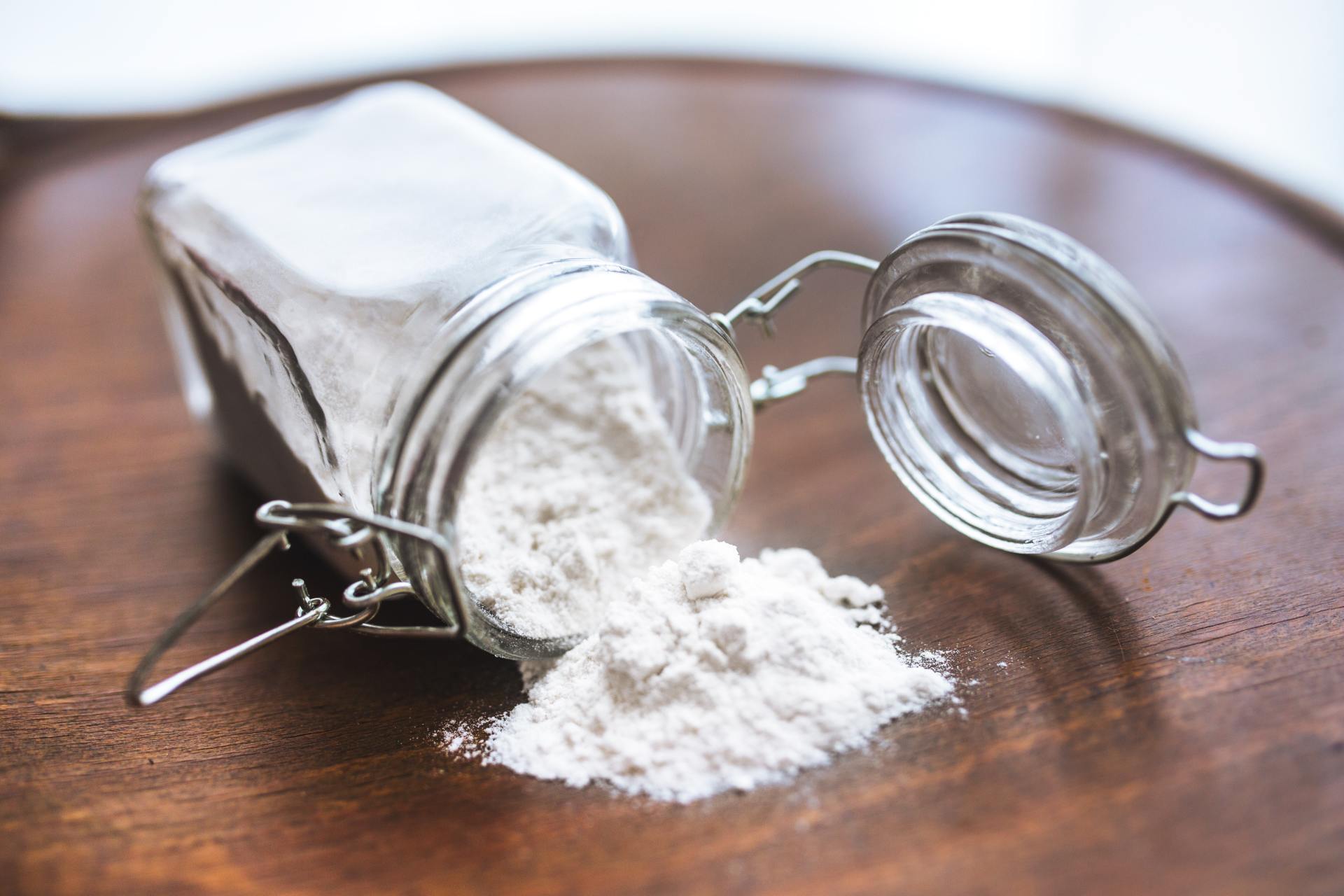Allergies
- By Healthy Living Liberty Lake
- •
- 26 Sep, 2017
- •

Symptoms of allergies are well known, and include sneezing, post-nasal drip, eyes watering and itching, and cough. Some allergies will cause asthma to flare.
But now, a new study shows that allergies can be much more serious than just a runny nose. If you suffer from seasonal allergies, you are also much more likely to suffer a heart attack during allergy season!
A study published in the American Journal of Epidemiology matched more than 18,000 heart attack admissions over a seven year period against daily pollen counts (who thinks of this?!).
Throughout May to October tree pollen season, the rate of heart attacks rose by an average of 5%. That might not seem like much, until you consider that heart attacks were up by as much as 16% when the pollen count was the highest. And if you had a pre-existing heart condition, the chances skyrocketed even further.
Why does this happen?
Allergies are essentially your body’s immune system responding to what it perceives as a foreign invader. When bits of tree pollen, ragweed, grass, or dust enter your nose and airways, your body attacks and does everything it can to expel the invaders. This means you start blowing your nose, sneezing and hacking. And that produces more strain on the heart.
In addition, the histamines that your body produces when you’re suffering from allergies have been linked to heart disease.
What should you do? Of course there are over the counter medications for allergies, such as Claritin and Allegra, but for many of us, these don’t work, or have side effects. Some cause sedation, and for men, they can cause the prostate to swell, making urination difficult.
Instead, I reach for all natural supplements that are more effective. These include milk thistle and goldenseal. We use a product called D-hist, which is a targeted blend of flavonoids, antioxidants, quercetin, N-acetyl cysteine and proteolytic enzymes, all designed to reduce allergy symptoms. Another product is one by Standard Process called antronex, which helps the liver to clear histamine from the body.
Apple cider vinegar, one teaspoon three times per day in water can also help.
Honey can also be effective. The theory is that consuming local honey from where you live will help your body adapt to the allergens in the environment there. This is supposed to work like a natural allergy “shot” and doesn’t seem to have a downside. Consume a teaspoon or more of raw, unprocessed local honey from as close to where you actually live as possible. do this one or more times a day to help relieve symptoms. It is often suggested to start this a month or so before allergy season.
Doing any of the above will help us enjoy the beauty of the season – get out there and rejoice!
By Dr. Susan Ashley, M.D.

By Dr. Susan Ashley, MD

By Dr. Susan Ashley, MD

Opiates taken long term also leads to a reduced pain threshold, meaning a person on them will feel pain at a much earlier level than someone else.
There's a lot of interest now in using cannabis to reduce chronic pain, and studies have shown they can be quite effective for neuropathy, migraines, spasticity and joint pain.
However, it doesn't always work, and now a new study shows why.
Then at the end of the 4 years, the people who used cannabis for pain had greater pain severity scores They also found that the meds and other remedies taken for pain were less likely to be effective. In addition, they had greater generalized anxiety disorder severity scores. The bottom line-- the cannabis users were not able to decrease the use of narcotics. Why?
Because of the well known fact that chronic narcotic use decreases pain threshold. In fact in some people the threshold becomes so low that even minor pains can seem intolerable. In essence, the narcotics cancel the pain relieving effects of the cannabis.
Chronic opiates should be avoided as much as possible in chronic pain. Tolerance develops quickly, addiction can occur, and pain threshold is lowered. If you have chronic pain, use other modalities first to try to alleviate the pain. This includes cannabis, acupuncture, anti-inflammatory drugs, weight loss, energy medicine, and stem cells. We have used IV stem cells for reduction of neuropathy pain with good effects.
By Dr. Susan Ashley, MD

Not only that, but those who walked at a fast pace reduced their risk of death even further, by 24 percent.
All it took was putting one foot in front of the other a little more quickly!
And when the researchers zeroed in on cardiovascular disease deaths among participants over age 60, the results were even more striking.
Compared to the slowest walkers, average-paced walkers slashed their risk of dying from cardiovascular disease by 46 percent -- and the fast-paced walkers slashed it by a whopping 53 percent.
Now, the study didn't determine exactly how walking at a faster pace can add years to your life. And how fast do you have to walk just to hit the "average" mark? How brisk is brisk?
In the study, a "fast" pace was defined as one that makes you slightly out of breath or sweaty when sustained. That could vary depending on how much you weigh, how much sleep you got, how much you ate earlier in the day, etc. So there was no exact speed such as 3 mph or 4 mph.
By Dr. Susan Ashley, MD

By Dr. Susan Ashley, MD

Side effects of triclosan include:
- About 1/2 cup coconut oil
- 2-3 Tablespoons of baking soda
- 2 small packets of stevia powder
- 15-20 drops of peppermint or cinnamon essential oil
- 10 drops myrrh extract (optional)
Natural Toothpaste Instructions
- Melt or slightly soften coconut oil.
- Mix in other ingredients and stir well. If using semi-hard coconut oil, use a fork, if not, use a spoon. If you are using completely melted coconut oil, you will need to stir several times while the mixture cools to keep the baking soda incorporated.
- Put mixture into small glass jar (I make different ones for each family member)
- Let cool completely.
- To use: dip toothbrush in and scrape small amount onto bristles. Could also use a small spoon to put on toothbrush.
By Dr. Susan Ashley, MD

By Dr. Susan Ashley, MD

By Dr. Susan Ashley, MD

By Dr. Susan Ashley, MD

By Dr. Susan Ashley, MD
